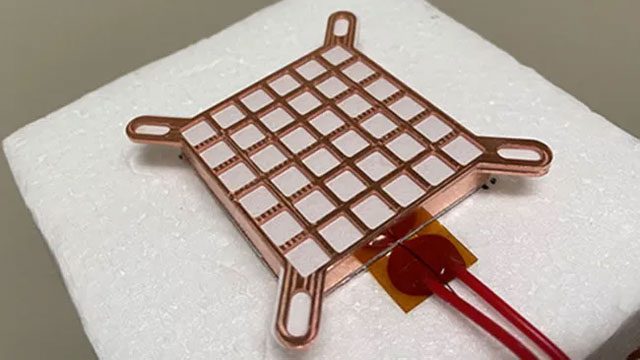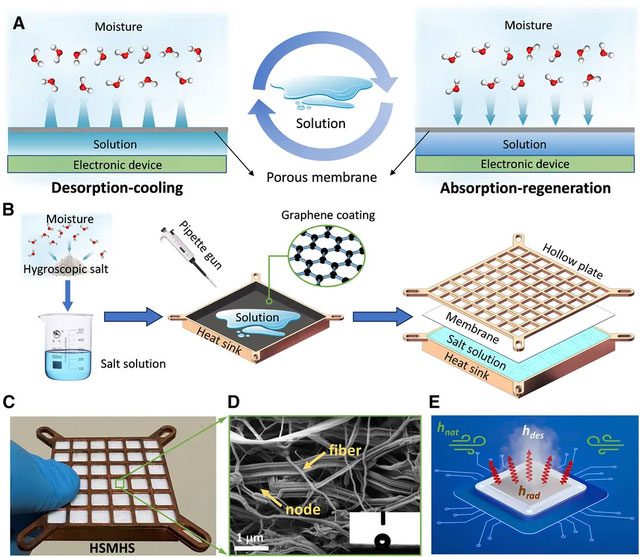A recent scientific study has revealed the “superior performance” of a new passive thermal management system that can enhance CPU performance by up to 32.65% through saline cooling.
Known as “hygroscopic salt-encapsulated cooling (HSMHS),” this system utilizes lithium bromide salt confined within a porous membrane that allows water vapor to escape. According to researchers from the City University of Hong Kong and the School of Energy and Power Engineering, University of Science and Technology of Wuhan, the computer system used for testing recorded a performance increase of over 32.65% when employing passive cooling technology based on lithium bromide.

Essentially, cooling systems installed in infrastructures like data centers can incur significant costs for both businesses and the environment. Passive cooling technology offers certain advantages, such as having no moving parts and not requiring direct electrical power. However, existing passive cooling solutions often experience rapid thermal saturation, leading to diminished cooling efficiency (e.g., temperature regulation).
In contrast, the appeal of the HSMHS cooling system lies in its ability to cool systems for ten times longer than the best alternative solutions, such as metal-organic frameworks (MOFs) and hydrogels (phase change materials).
So, how does hygroscopic salt-encapsulated cooling work? Scientists will fabricate a standard-shaped heat sink and apply a lithium bromide solution onto it. The solution will be contained within a porous membrane material that allows water vapor to pass through. The cooling process occurs due to the desorption of the salt solution, which releases water vapor into the surrounding air through the porous membrane.

The results from testing the HSMHS indicate that the computer processor can operate at temperatures below 64 degrees Celsius for approximately 400 minutes (over 6.5 hours). This performance is said to be ten times better than the MOF alternative.
During idle or inactive periods, the HSMHS cooling system can recharge its cooling capacity by absorbing moisture from the air.
Another advantage of HSMHS is its cost-saving operational efficiency. Since lithium bromide is very inexpensive, the HSMHS system is approximately 1,000 times cheaper in operational costs compared to cooling systems that use metal-organic frameworks (MOFs).
Notably, in addition to cooling CPUs in PCs, the HSMHS system can also be utilized to cool solar panels, batteries, or in central cooling systems of buildings.


















































